Stellantis Temporarily Lays Off U.S. Workers Amid Trade Disruptions
Production Pauses at Key Plants Trigger Workforce Reductions
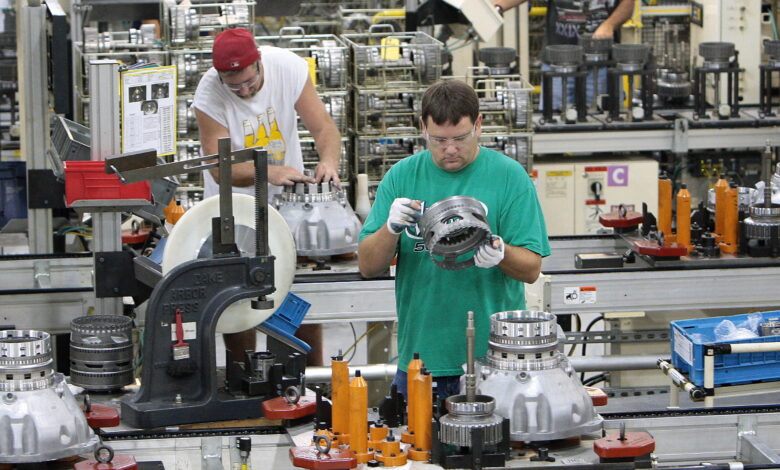
Stellantis has temporarily laid off 900 workers across its Warren and Sterling Stamping plants in Michigan, as well as the Indiana and Kokomo Transmission Plants and the Kokomo Casting facility in Indiana. The job cuts come as the automaker grapples with supply chain issues following production pauses at its Windsor Assembly Plant in Canada and Toluca Assembly Plant in Mexico.
Trade Policies and Supply Chain Challenges –
The layoffs stem from recent trade disruptions, including a hold on all Stellantis vehicle shipments between the U.S. and Canada, according to documents obtained by MoparInsiders. This decision follows President Donald Trump’s newly implemented 25% tariff on imported vehicles, a policy shift that has forced automakers to rethink production strategies across North America.
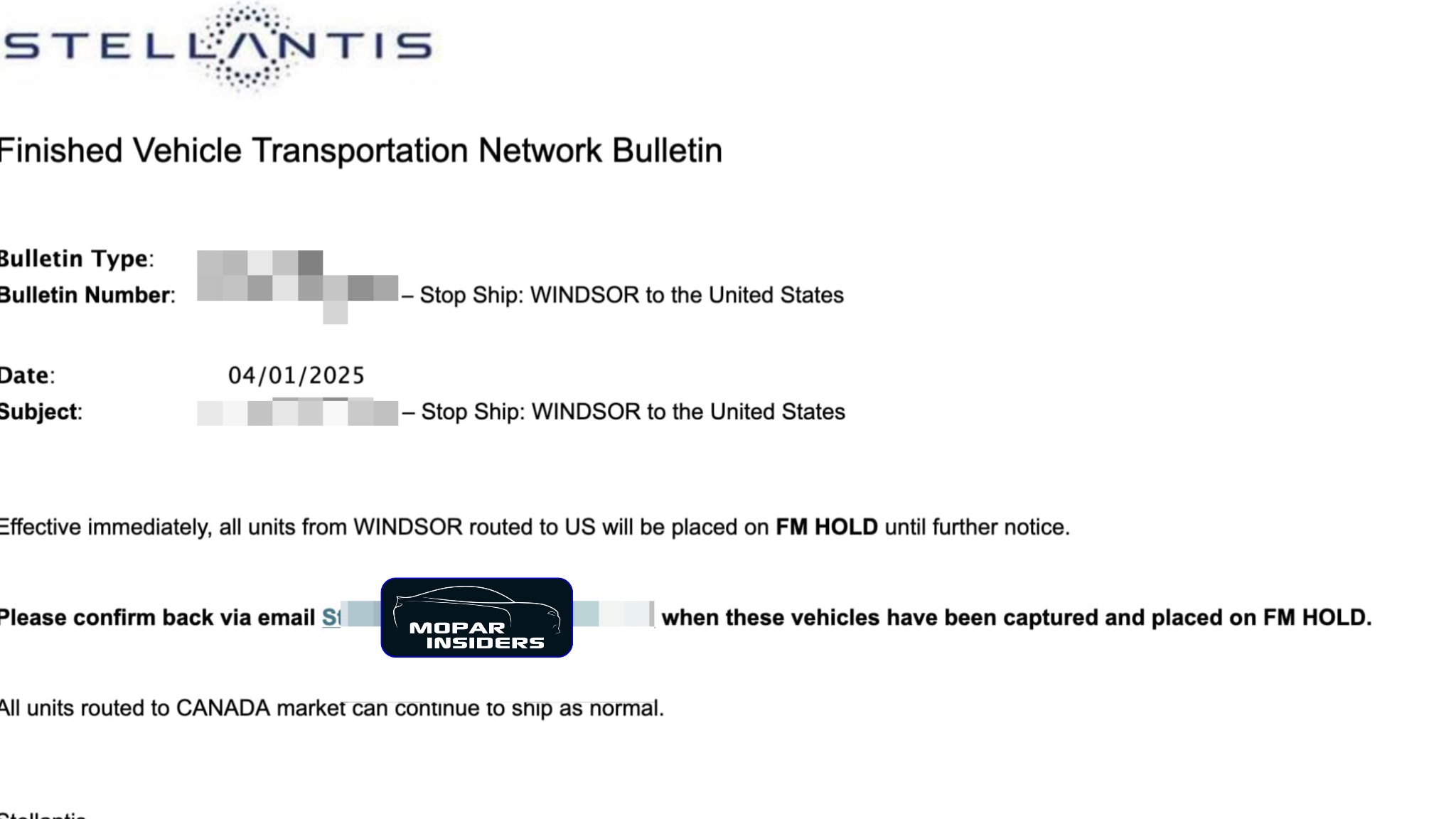
The newly implemented tariff is part of the administration’s broader effort to reduce reliance on foreign-made goods and bolster U.S. manufacturing. While the policy is designed to push automakers to build more vehicles domestically, its immediate effects have included rising costs, logistical hurdles, and uncertainty for manufacturers with cross-border operations.
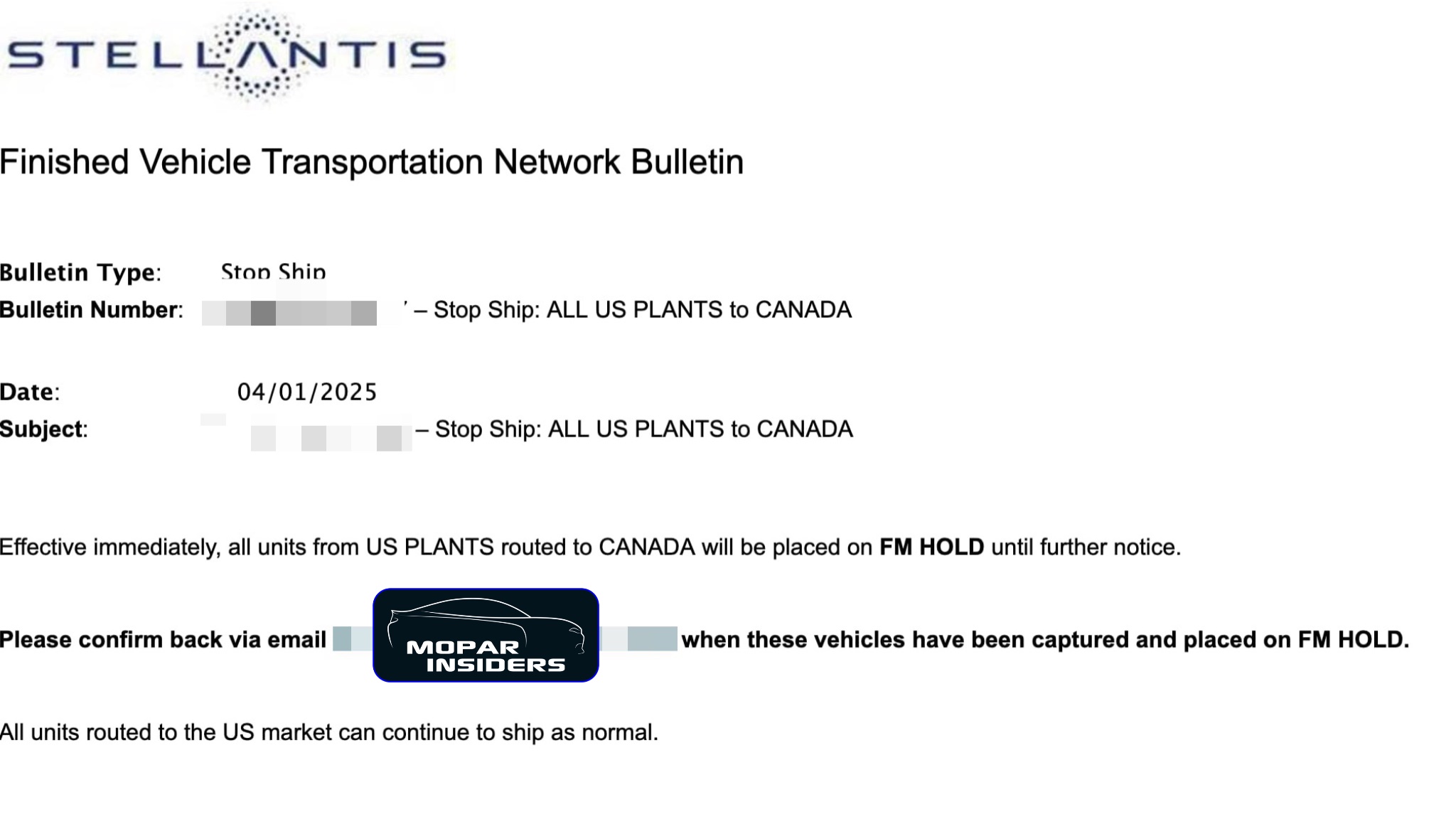
Stellantis had attempted to get ahead of these challenges by stockpiling crucial components at its U.S. plants and accelerating shipments of vehicles built in Canada and Mexico. However, these efforts failed to prevent major disruptions, leading to production stoppages and subsequent workforce reductions.
The Impact on Stellantis Workers –
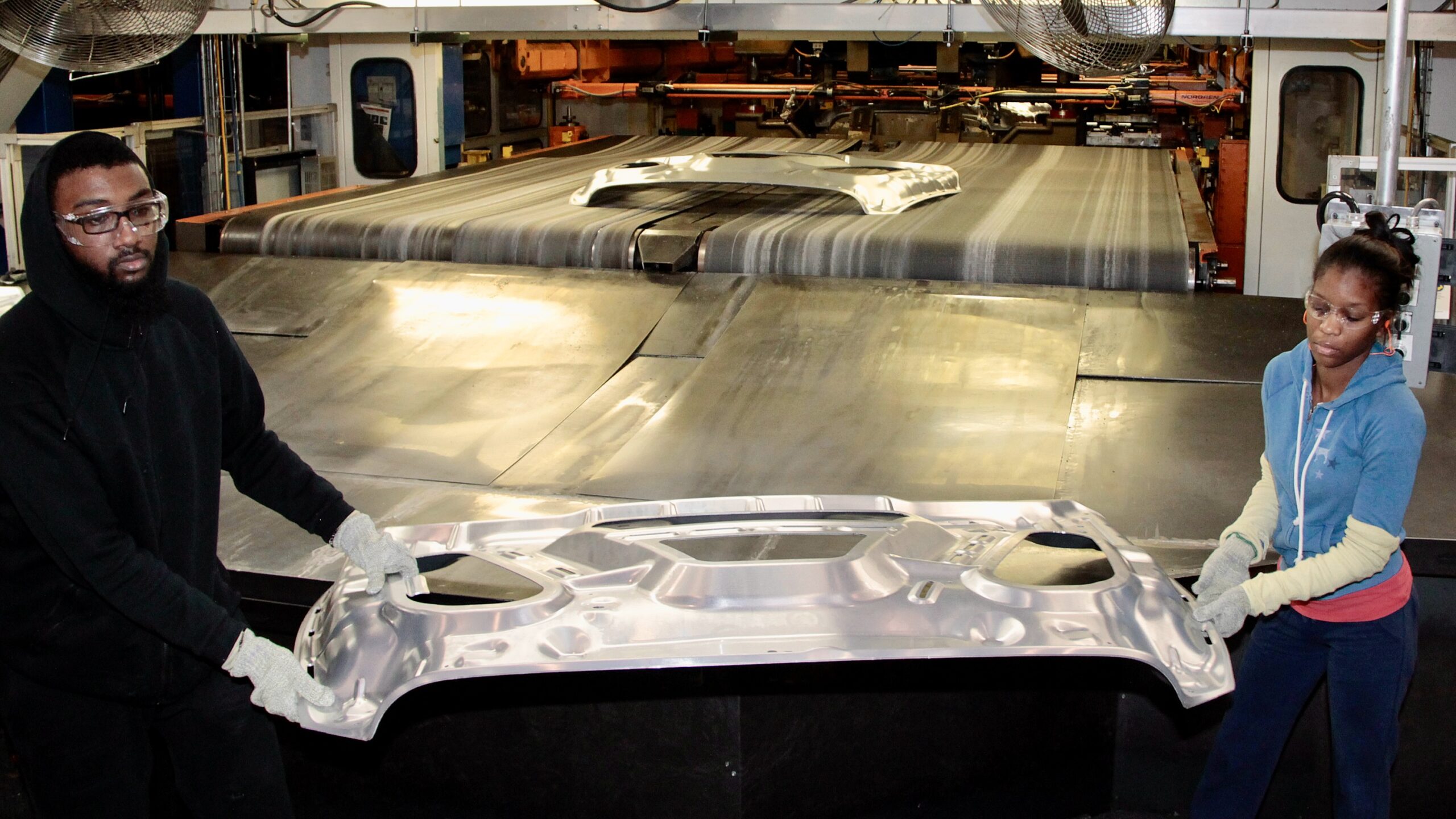
The job cuts affect employees at some of Stellantis’ key U.S. manufacturing sites:
-
Warren Stamping Plant (Warren, Michigan)
-
Sterling Stamping Plant (Sterling Heights, Michigan)
-
Indiana Transmission Plant (Kokomo, Indiana)
-
Kokomo Transmission Plant (Kokomo, Indiana)
-
Kokomo Casting Plant (Kokomo, Indiana)
The layoffs have left hundreds of workers in limbo, uncertain when production—and their paychecks—will resume. Stellantis has yet to provide a firm timeline for when operations will return to normal.
UAW President Shawn Fain Responds –
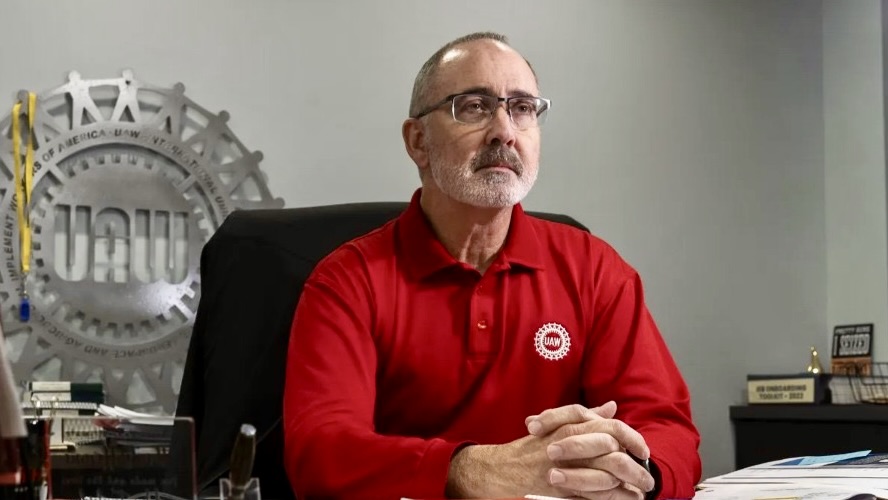
United Auto Workers (UAW) President Shawn Fain did not hold back in his criticism of Stellantis’ decision. In an email statement, Fain condemned the automaker’s actions, arguing that the layoffs were avoidable.
“Stellantis continues to play games with workers’ lives. As we’ve shown time and again, they’ve got the money, the capacity, the product, and the workforce to employ thousands more UAW members in Michigan, Indiana, and beyond. These layoffs are a completely unnecessary choice that the company is making,” Fain stated.
Despite opposing the layoffs, Fain has expressed support for the tariffs that contributed to the production halts, arguing that they will ultimately help bring more vehicle manufacturing back to the U.S. The long-term impact of these policies remains to be seen.
What’s Next for Stellantis? –
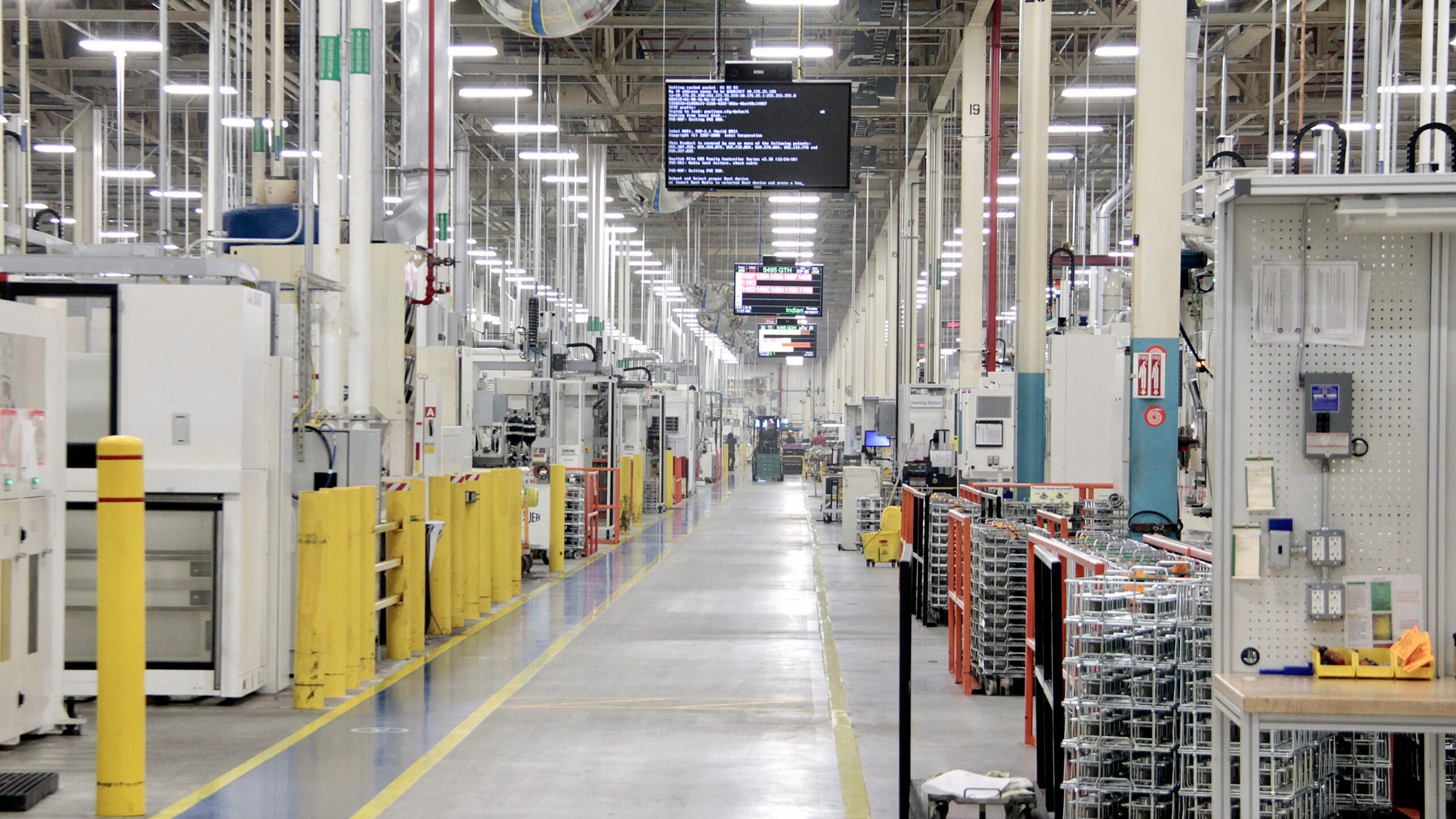
The automaker now faces critical decisions regarding its North American operations. With vehicle shipments between the U.S. and Canada on hold, and production paused at key facilities, Stellantis dealers may soon feel the impact of shrinking inventory.
The company has not provided further details on how it plans to navigate these disruptions. However, industry analysts suggest that Stellantis may be forced to shift more production to the U.S. or seek exemptions from the tariffs to continue cross-border operations.


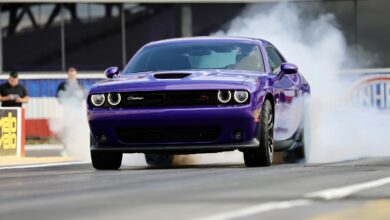
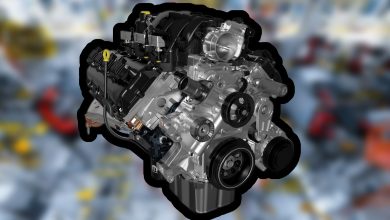

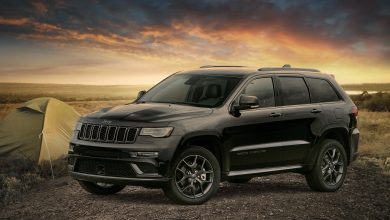
2 replies
Loading new replies...
Join the full discussion at the Mopar Insiders Forum →